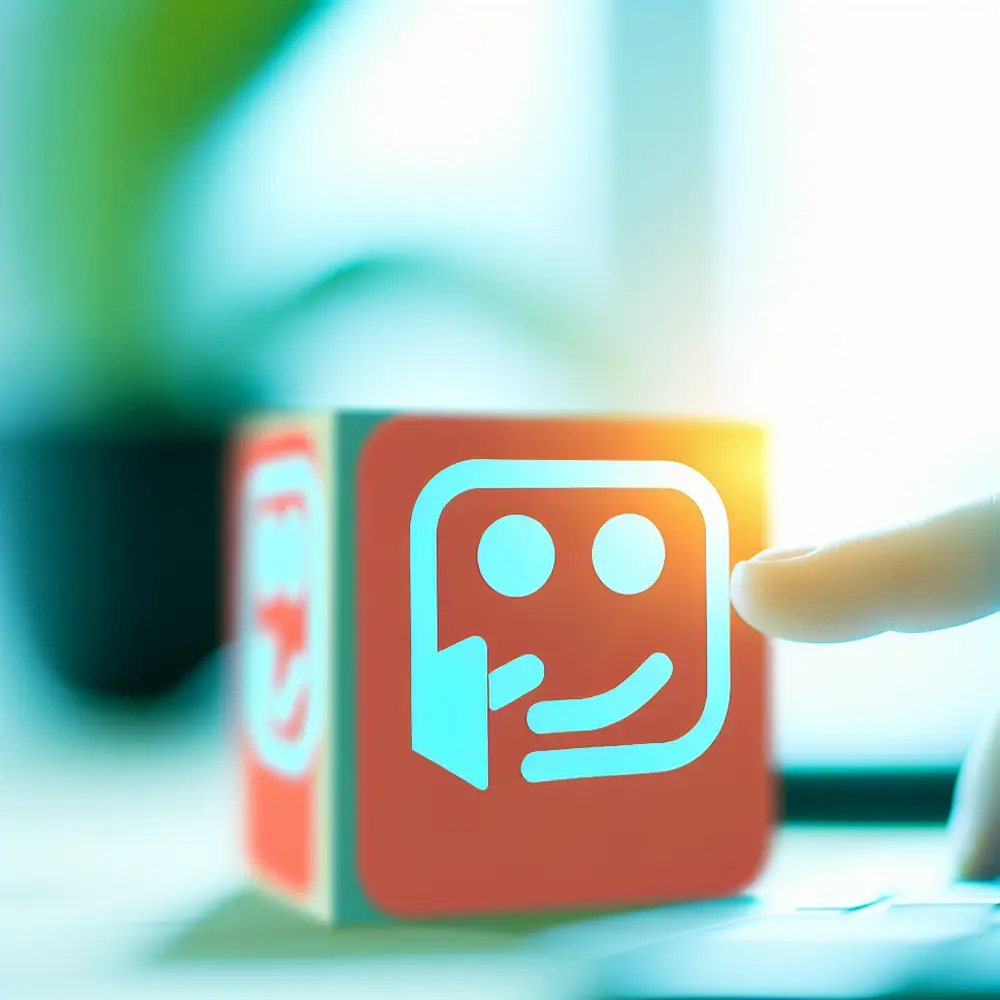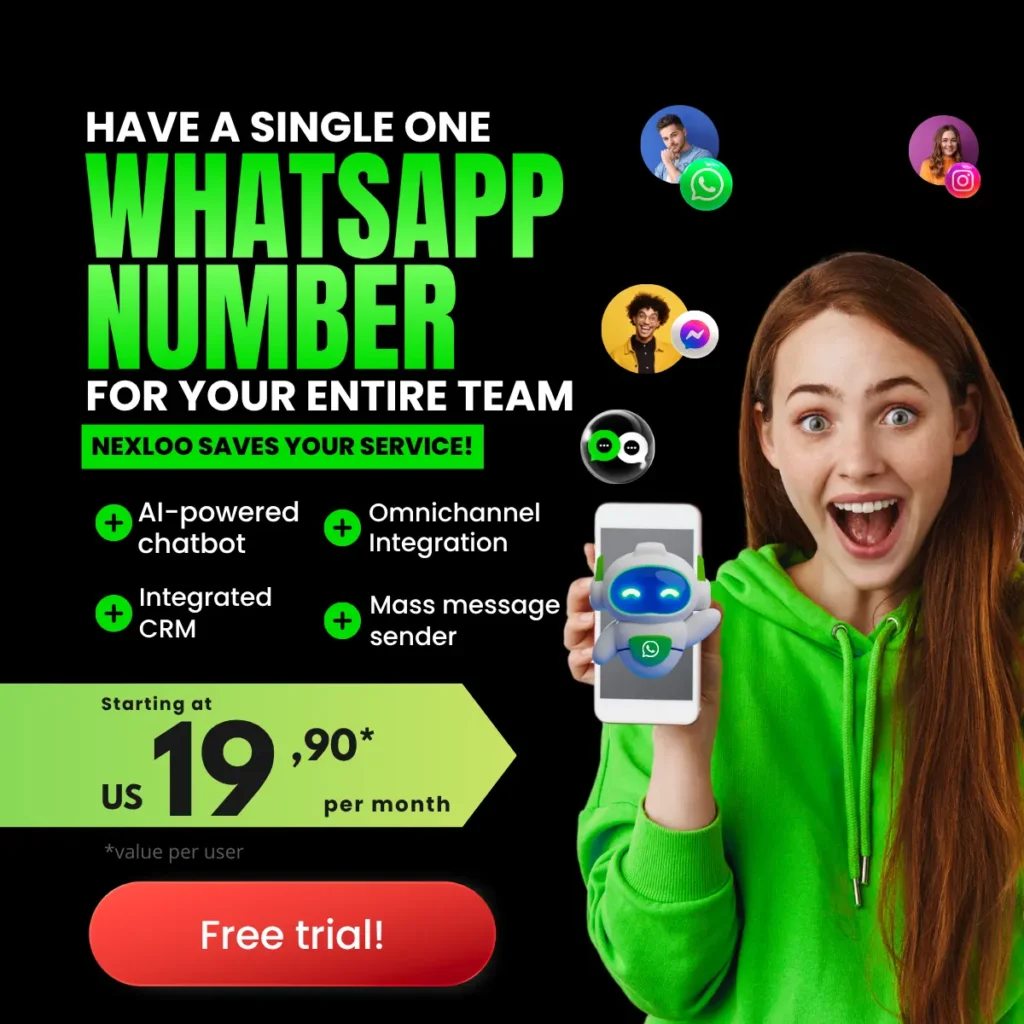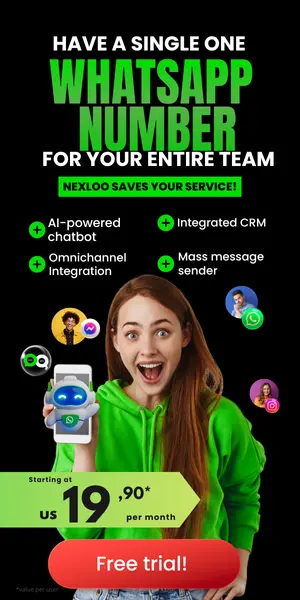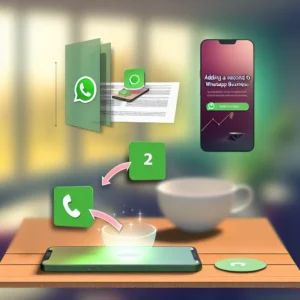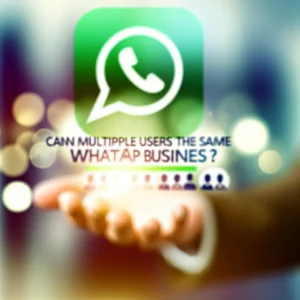Creating your own chatbot can be an exciting adventure, especially if you are a beginner exploring the world of technology. With the right approach and resources, you can dive in and start building your bot without breaking the bank. This free guide equips you with essential steps and instructions needed to launch your first chatbot successfully.
Start by familiarizing yourself with platforms that allow you to create your own chatbot for free. Several tools, such as Chatfuel, ManyChat, or Tars, provide user-friendly interfaces, making it accessible for tech enthusiasts and novices alike. These platforms often feature drag-and-drop functionalities, simplifying the bot-building process.
Next, you must define the purpose of your chatbot. Consider what tasks you want your bot to perform. Whether it answers frequently asked questions, assists with bookings, or provides customer support, having a clear objective guides your design choices. Personalize your bot’s responses and interactions to ensure they align with your target audience’s needs.
Moreover, take advantage of online tutorials and communities dedicated to chatbot creation. Engaging with forums or social media groups offers invaluable beginner’s instructions, where you can ask questions and exchange ideas with fellow enthusiasts. Additionally, many platforms provide documentation and video tutorials, easing your development journey.
Once your chatbot is ready for deployment, test it thoroughly. Gather feedback from potential users to identify areas for improvement. Iterating on your initial design enhances the user experience, ensuring your chatbot functions optimally and meets users’ expectations.
Understanding Chatbots: What Are They and Why Build One?
Chatbots are software applications designed to simulate human conversation, enabling users to engage in interactive dialogues. They operate on predefined scripts or leverage artificial intelligence to provide dynamic responses. You need to understand chatbots before diving into creating your own.
The growing demand for chatbot technology stems from its ability to enhance user experiences. They streamline customer service by providing instant answers to frequently asked questions, guiding users through processes, and offering personalized assistance. Recognizing these benefits will motivate you to explore bot-building as a valuable skill.
Imagine the Clinic Vitalis, which implemented a chatbot on its website. The clinic saw a 25% increase in appointment bookings due to the bot answering common queries about services promptly. This improvement represents significant potential in the healthcare industry.
Creating your chatbot can also be gratifying, especially when utilizing free tools available online. With intuitive interfaces that require no coding skills, you can generate a functional chatbot tailored to specific needs with minimal financial investment.
Furthermore, developing a chatbot automates repetitive tasks, saving time and resources. Businesses increasingly rely on chatbots to enhance efficiency. This dual functionality—enhancing user engagement and improving operational efficiency—makes building your chatbot an appealing project.
Choosing the Right Platform: Free Tools for Building Your Chatbot
Creating your own chatbot is a rewarding project, especially for beginners eager to venture into technology. Numerous platforms offer free tools that simplify the bot-building process without requiring extensive coding skills.
Chatfuel: A User-Friendly Introduction
Chatfuel is an excellent entry point for first-time developers. This platform allows users to create bots for Facebook Messenger with a visual interface that simplifies conversation design. A logistics company, Transportadora Prime, adopted Chatfuel, leading to a 30% reduction in customer service response time.
ManyChat: Marketing Automation at Its Best
Another powerful platform is ManyChat, which focuses on marketing automation. You can create engaging chatbots for Facebook and Instagram with its drag-and-drop functionality. Introducing ManyChat enabled a retail client to enhance customer interactions, resulting in a 20% uplift in sales conversions.
Nexloo’s WhatsApp Chatbot
If you are interested in WhatsApp, consider the Nexloo WhatsApp Chatbot. It combines ease of use with advanced features, enabling you to create a chatbot that elevates customer engagement on a leading messaging platform. The service offers a free guide that walks you through the creation process.
Tidio: Versatility Across Channels
Tidio deserves attention for its versatility across messaging channels, including website live chat. It allows you to craft a chatbot tailored to multiple platforms. A startup that utilized Tidio successfully decreased user drop-off rates by 20% during customer inquiries.
The Importance of Community Resources
As you embark on your chatbot-building journey, leverage online resources, tutorials, and forums. These platforms provide invaluable insights and support, allowing you to interact with real-world chatbot implementations and get help with challenges.
Step-by-Step Beginner’s Instructions: Creating Your First Chatbot
Creating your own chatbot can initially seem daunting, but the right approach transforms it into an exciting project. Start by choosing a platform that supports bot building. Many options provide free resources, such as WhatsApp chatbot services, which are invaluable for beginners.
Define the purpose of your chatbot. Will it handle customer queries, provide information, or assist with tasks? This determination shapes the questions and responses you program. The Fitness Center Novo Corpo defined its bot’s purpose to answer FAQs about fitness classes, resulting in a 35% increase in member inquiries answered within minutes.
Once objectives are clear, register for a free account on your chosen platform. User-friendly interfaces designed for beginners ensure a smoother experience. Many platforms offer guided tutorials that provide step-by-step instructions, enhancing clarity and simplicity.
As you build, focus on conversational flows. Utilizing natural language processing (NLP) will elevate user interactions. Start with basic commands and gradually incorporate more complex dialogues as you grow comfortable. Regularly testing your bot during this process is crucial.
Once satisfied with your bot’s performance, deploy it. For instance, link it to your WhatsApp account, following integration guidelines. Connecting your bot to specific tools or APIs enhances its functionality for end-users.
Essential Features Every Beginner Chatbot Should Have
When you create your own chatbot, equipping it with essential features enhances both user experience and functionality. A well-designed chatbot makes interactions seamless and engaging.
User-Friendly Interface
A straightforward interface is vital. It allows users to engage without feeling overwhelmed. A clean design with clearly defined options encourages user interaction, which is essential for gathering feedback and improving the bot over time.
Natural Language Processing (NLP)
Integrating NLP allows your chatbot to understand and respond to queries more effectively. This feature enables accurate interpretation of user intent, providing relevant responses. As you build, consider platforms that offer free NLP tools to maximize engagement.
Quick Response Times
Your chatbot must respond quickly to keep users engaged. Long wait times lead to loss of interest. Implement pre-defined responses for common questions to expedite communication, enhancing overall user experience.
Customizable Responses
Flexibility in responses is fundamental. Providing various response types—text, images, quick replies—caters to different user needs. This dynamic feature encourages further interaction with your chatbot.
Analytics and Feedback Collection
Incorporate analytics to track user interactions and evaluate performance. Collecting user feedback identifies areas needing improvement, aiding in refining chatbot capabilities for better user satisfaction.
Seamless Integration with Messaging Platforms
For maximum reach, ensure your chatbot can integrate with popular messaging platforms like WhatsApp. Integration allows users to access your bot through familiar channels, increasing engagement and usage.
Testing and Improving Your Chatbot: Best Practices
Testing your chatbot is crucial. Before going live, ensure it functions as intended. Comprehensive testing identifies bugs and enhances user experience. Simulate various user interactions to assess how well your chatbot responds to different queries.
Utilize user feedback effectively. Encourage users to share their experiences after the bot goes live. Feedback highlights strengths and weaknesses, allowing for necessary adjustments. Consider integrating surveys directly within the chat for real-time insights.
Regularly analyze conversation logs. Reviewing interactions helps identify common user issues and questions the bot may not handle effectively. This analysis enables you to refine responses, making them clearer and more informative.
Incorporate machine learning to elevate your chatbot’s capabilities. By training your bot with new data, it can adapt responses over time. However, monitor its learning curve closely to ensure it doesn’t adopt incorrect or irrelevant responses.
Finally, prioritize updates and maintenance. Technology and user needs evolve, so consistently updating content, improving functionalities, and enhancing security ensures your chatbot remains a valuable asset.
Common Mistakes to Avoid When Creating Your First Chatbot
Creating your own chatbot is exciting, but beginners often make key mistakes that hinder success. Not outlining the chatbot’s purpose is a common pitfall. A clear goal promotes focused design and functionality.
Overselling the bot’s capabilities can lead to user disappointment. Set realistic expectations. Emphasize that a chatbot should address specific tasks effectively without pretending to solve every possible problem.
Many beginners neglect testing until the very end. Skipping ongoing testing allows issues to go unnoticed until launch. Incorporate testing throughout the building process to ensure a smoother user experience once live.
Ignoring user feedback limits the ability to learn and improve. Encourage users to share their experiences and suggestions. Continuous improvement should be an aspect of the chatbot lifecycle.
Finally, overlook mobile optimization can severely impact chatbot effectiveness. Given the prevalence of mobile device usage, ensure a mobile-friendly design with easily accessible features to enhance engagement.
Expanding Your Chatbot: Integrations and Advanced Features
Integrating advanced features into your chatbot enhances user interaction. Once you’ve established the basics, explore various integrations to significantly boost functionality. This process may seem daunting, but many platforms offer straightforward solutions and guides.
APIs for Enhanced Functionality
Improving your chatbot through APIs is one way to enhance its capabilities. By integrating APIs, your bot can connect with other services, providing users with real-time information or enabling transactions. For instance, a restaurant could integrate a payment API, allowing users to order and pay directly through the chatbot.
Utilizing Natural Language Processing
Another crucial aspect is incorporating NLP capabilities. NLP allows your chatbot to intelligently understand and respond to user queries. Many platforms offer free guides on implementing NLP features, making this accessible for beginners.
Engage Users with Interactive Features
Engaging users with features such as carousels, buttons, or quick replies can significantly improve user experience. These elements streamline interactions and make the chatbot more dynamic, encouraging users to communicate openly.
Analytics Tools for Insight
Incorporate analytics tools to monitor your bot’s performance. Analyzing user interactions provides insights into effective features and areas needing refinement. Many building platforms provide basic analytics, offering a good starting point for improvement.
Community Resources for Learning
Explore community resources and forums. Many developers share their experiences, offering tips on enhancing chatbots. Engaging with the community provides troubleshooting help, ensuring you stay on track in creating your chatbot.
Your Journey in Chatbot Creation Begins!
By employing these integrations and advanced features, you can elevate your chatbot from a basic tool to an efficient virtual assistant delivering real value. With the right approach, even beginners can craft impactful chatbots that leave a lasting impression.
For those interested in more advanced applications, such as WhatsApp chatbots, visit Nexloo. This resource offers insights on integrating artificial intelligence into your bot, further enriching your chatbot creation knowledge and capabilities.
Your path in chatbot creation has just begun, and the opportunities are boundless!

